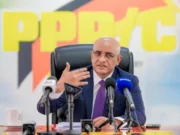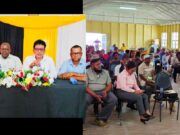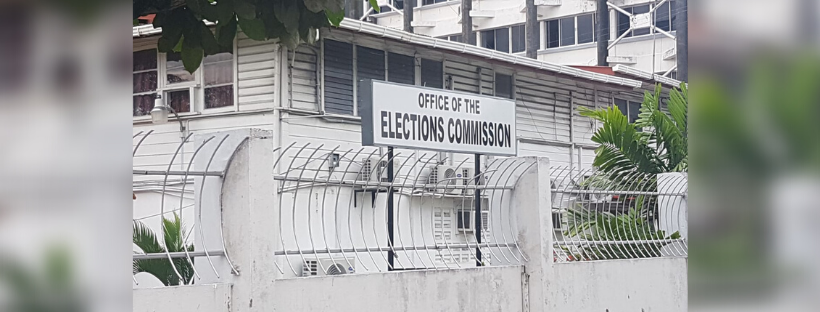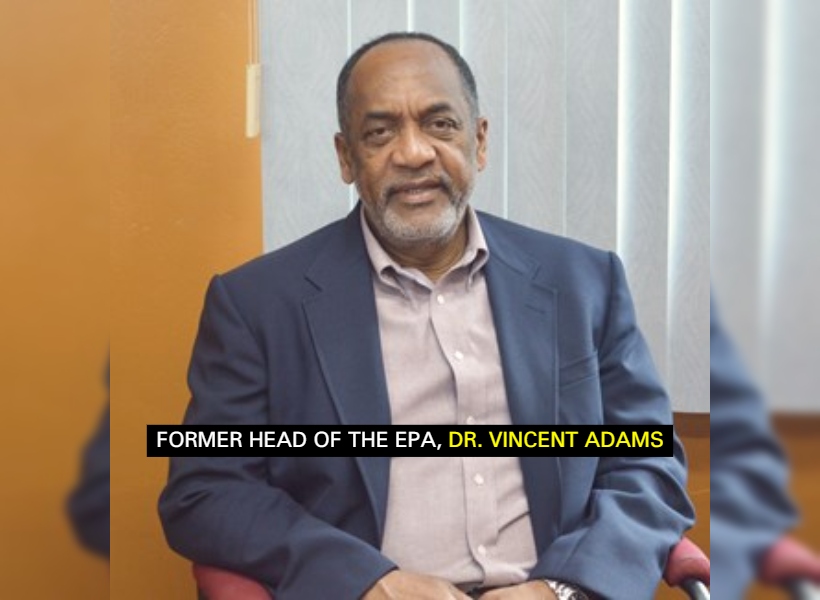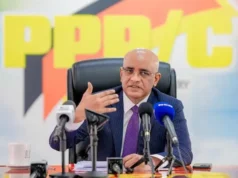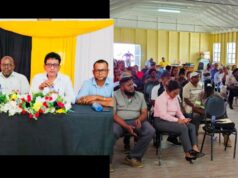While ExxonMobil Guyana has been given greater leverage for flaring at its Liza Phase One and Two Projects once it pays a fine, former Executive Director of the Environmental Protection Agency Dr. Vincent Adams said this was never the original intention or standard set by the previous regime.
At a press conference held by the Alliance For Change (AFC) today, Dr. Adams said it was the oil giant that promised not to flare beyond the original 30 day commissioning period for the nation’s oil ships. He said this is what was enshrined in the original environmental permit signed with the previous administration.
“When Liza one started in 2019, everyone was shocked when the flaring started because they promised that there would have been no flaring done. So we started having all these meetings with the EPA, the Department of Energy, Exxon, almost on a daily basis, and they (ExxonMobil) begged us to give them 30 days to fix their stuff,” Dr. Adams said.
The former EPA Director said that despite the 30 days elapsing, the oil giant continued flaring, and asked the administration at the time for an additional 60 days to rectify the main culprit which was a fault gas compressor on the Liza Destiny vessel. He noted that Exxon was then instructed to reduce its daily production.
“They were given a limited time to rectify this issue or else they would have been shut down completely. They then hurriedly fixed it… it said in the permit also that flaring was prohibited unless under three conditions; start up… emergency… and under maintenance,” Dr. Adams said.
He noted that after the coalition left office, the current administration had changed the permit for ExxonMobil to conduct flaring for more than 48 hours under the ‘start up’ condition that was stipulated in the agreement.
“They went ahead to change the permit to allow Exxon 60 days of flaring and when you exceed those 60 days you start paying this paltry fee… all you gotta do to stop flaring is cut back on the production because every barrel produces some amount of flare.” Dr. Adams said.
Flaring is the practice of burning natural gas to ensure safe operations on board the FPSO vessel, which, in this case, is servicing the Liza Phase One and Two projects.
Exxon reportedly paid over US$10 million last year in gas-flaring fees to Guyanese authorities.
